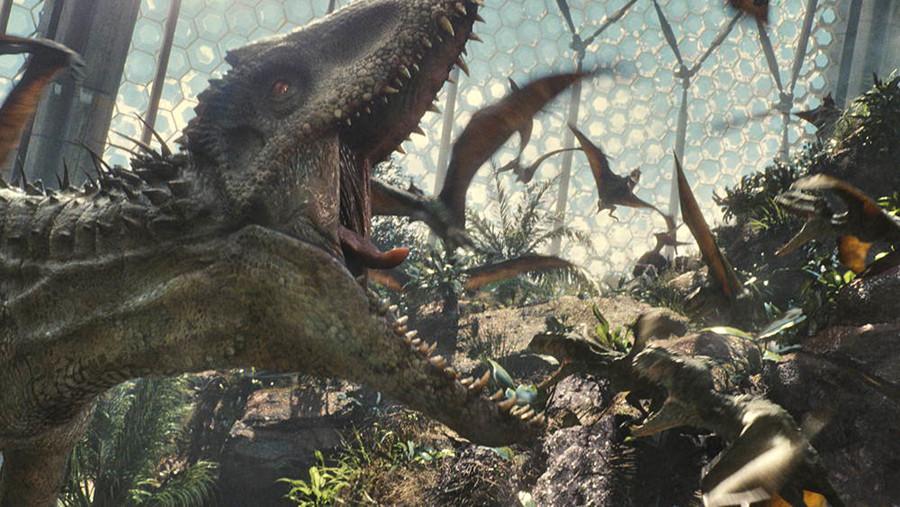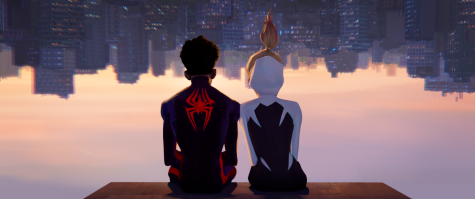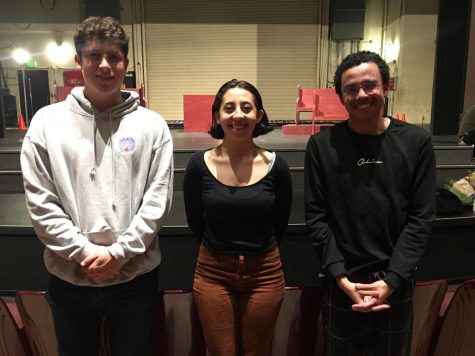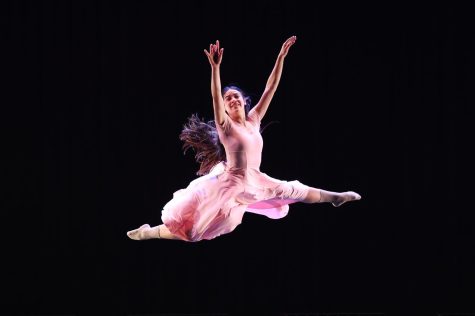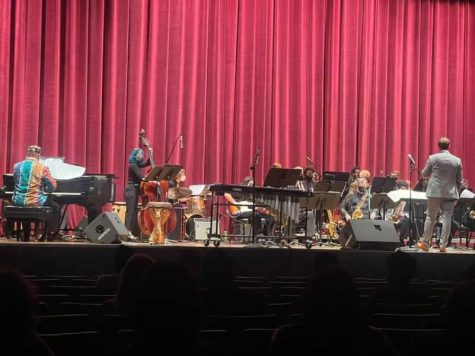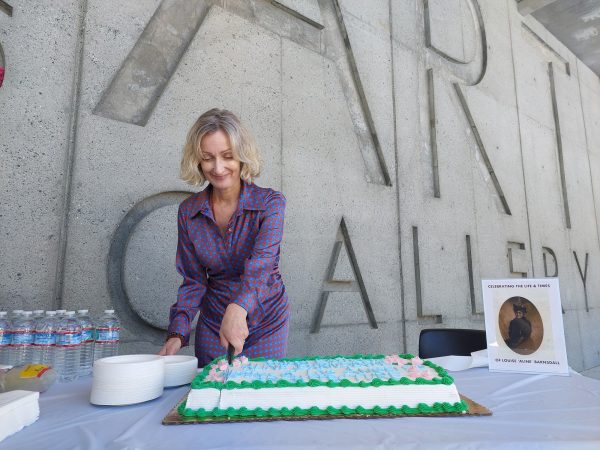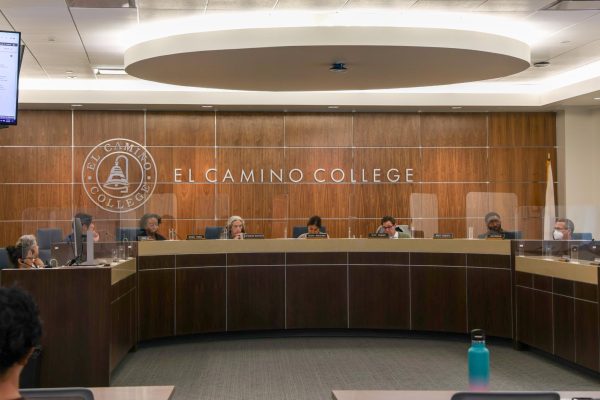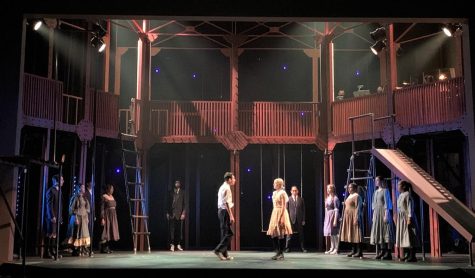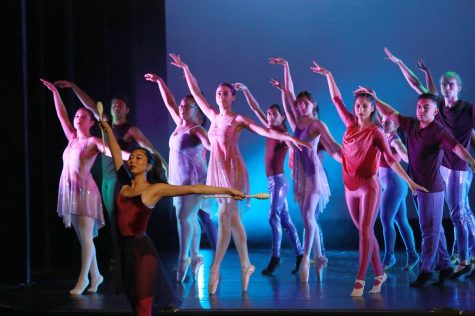Safety not guaranteed in ‘Jurassic World’
Photo courtesy of Universal Pictures
If you actually enjoyed “Jurassic Park III” — like the other five people who did — then it’s been about 14 years since you’ve treated your need for dinosaur carnage. If that didn’t do it for you, then it’s been 18 — ever since “The Lost World: Jurassic Park” opened to mixed success. Didn’t like “The Lost World” and, for some odd reason, Steven Spielberg‘s original “Jurassic Park”? That’s 22 years.
However long it’s been — or whatever you’ve been waiting for from a dino-centric thriller — rest assured, the wait is over.
The directorial torch is passed to Colin Trevorrow, who’s only had one other film on his résumé before “Jurassic World” — heartfelt indie “Safety Not Guaranteed.” Despite being a franchise rookie, Trevorrow doesn’t disappoint, as his high-budget debut interlaces a promising slice of DNA that adds a new kind of life into a franchise that’s been dormant for over two decades.
“Jurassic World” picks up 22 years after the incidents that occurred in “Jurassic Park.” Not learning from previous mistakes, a fully functional dinosaur theme park, Jurassic World, is created at the fictional island of Isla Nublar.
Ten years after its grand opening, the corporate heads, Claire Dearing (Bryce Dallas Howard) specifically, behind Jurassic World are desperate in coming up with an attraction that’s “bigger, louder and more teeth,” since the park’s attendance is seeing a rapid decline.
In a world where dinosaurs are brought back to life, the people are uninterested after a mere decade.
It’s an impasse that’s suspiciously parallel to what’s on the hands of the creative heads behind the film itself; filmmakers rush to come up with a sequel that’s equally enhanced for an audience that’s equally as jaded.
Today craves for the next big thing — well-branded smartphones are refreshed every year, big-budget sequels released just as often.
Maybe “Jurassic World” is Trevorrow’s thesis in response to the pressure of public demand and how, at one point, the sacrifice for satisfaction involves it blowing up in front your face or, in this case, it eating your face.
Whatever his imperative may be, “Jurassic World” is, thankfully, a generally successful resolution that doesn’t backfire as hard as Masrani and friends’ own answer — the Indominus Rex.
It’s a genetically modified hybrid made of a secret recipe. Secret because the lab of Jurassic World — headed by Dr. Henry Wu (BD Wong), the only human character returning from the original — insists on keeping it that way, but, really, it’s all kept mum for the sake of suspense.
Not surprisingly, it all goes bedlam once the Indominus cleverly breaks out of its paddock.
All in due time too, as our characters are in place to luckily take part in such an event — hunky raptor trainer and ex-Navy man Owen Grady (played by rising star Chris Pratt); the aforementioned Claire, a workaholic whose hobbies include working, working and wearing high heels; and a pair of kids, Gray (Ty Simpkins) and his older brother Zach (Nick Robinson).
Despite the star-powered cast, especially Pratt, Derek Connolly‘s script underutilizes the talent at hand. Pratt is turned into Mr. Exposition; Howard — despite having the most human character development — into Ms. Generic Woman in Peril; and Simpkins and Robinson into the two juniors who are underwritten as a pair that’s supposed to share a brotherly bond.
There’s then a stuffed assortment of supporting characters and subplots belongs in a “Game of Thrones”-esque arrangement, where more care and time is allotted to character development.
It’s an admirable endeavor, but a simple lineup of characters with fleshed-out arcs is more appropriate for a dino-filled thriller. This way, the possibility of death becomes more intimate than the blasé bloodshed — not including the extras of theme park attendees — found in “Jurassic World.”
The only two characters excluded from the need of development are “Jurassic World’s” duo of comic relief: tech-savvy operators Lowery (Jake Johnson) and Vivian (Lauren Lapkus).
The two characters’ presence is restricted to the park’s control room, but they’re each a scene-stealer in their own right, especially Lowery. Kudos to not becoming the new trilogy’s Jar Jar Binks.
That being said, is it good or bad that the most cherished characters of “Jurassic World” end up being dinosaurs?
Who would’ve thought that trained velociraptors — in this case, Blue (aka Beta), Charlie, Delta and Echo — would ever work or even be a thing? It’s a screwball concept that ends up becoming one of “Jurassic World’s” most interesting plot beat.
It even helps set up one of the movie’s, maybe even the franchise’s, most intense, terrifying Alien-esque set piece. (There’s even a plot twist involved.)
Don’t forget the true antagonist, the Indominus Rex. It’s “Jurassic Park’s” first dinosaur to truly earn its status as a villain. Previously, the franchise’s major “bad” dinosaurs were still animals at heart, trying to live life accordingly.
Whereas the Indominus is a demented killing machine that hunts for sport and warrants immediate destruction.
That’s not to be considered a bad thing, however. Trevorrow is even so kind as to present the Indominus in such a Spielbergian way by not revealing the GMO-like dinosaur — not even a dinosaur at this point — until we’re well situated and up to speed.
In the meantime, Trevorrow shows off the now up-and-running dinosaur theme park resort, fully equipped with hotels, restaurants, coffee houses, bars, shopping centers, etc.
All in the form of product placement, one way or the other.
Product placement is usually a moneymaking plague in blockbusters today, but it works in the theme park’s favor by adding authenticity to our Jurassic World experience — except that classic bottle of Coca-Cola.
I’d rather see a “Pandora” jewelry store than “Bob’s Jewel Emporium” in the background — Disneyland has one, why can’t Jurassic World?
You believe that Jurassic World exists. But the product placement isn’t as nearly as contributive to the theme park’s abundance of attractions.
They provide the kind of marvel and awe “Jurassic World” holds over its predecessors. It’s the kind of excitement you had watching “Jurassic Park,” except this time it’s its own kind of wonder.
Unlike “Jurassic Park,” Trevorrow sparingly uses animatronics and opts for a CGI-heavy approach to his creatures. But Courtesy of Industrial Light & Magic, there’re some great-looking dinosaurs in “Jurassic World.”
It’s the actors’ lack of genuine reactions, however, and not the lack of good filmmaking, that highlight the benefits of practical effects.
He doesn’t try to recreate or regurgitate the spectacle and innovation unveiled 22 years ago, and he shouldn’t. You aren’t going to revolutionize visual effects and you aren’t going to make dinosaurs new again.
“Jurassic World” knows this and it moves forward with the ability to give the “bigger, louder and more teeth” to an audience with an appetite that’s bigger, and pickier, than that of the dinosaurs chomping and clashing onscreen.
To say “Jurassic World” is the franchise’s best sequel isn’t fair to say, as — considering the quality of the competition — that’s not saying much. And to say it’s mindless fun isn’t fair either.
Instead, it’s is an entertaining summer blockbuster that gives the carnage expected from it and provides some food for thought with its reflexive commentary on our greed for whatever triumphs over preexisting success, including the already established cautionary tale on playing God.
To expect any Oscar-caliber breakthrough is unfair and almost foolish. And for that exact kind of judgement, “Jurassic World” has a one-liner prepared to say in its defense: “They’re dinosaurs; wow enough.”


